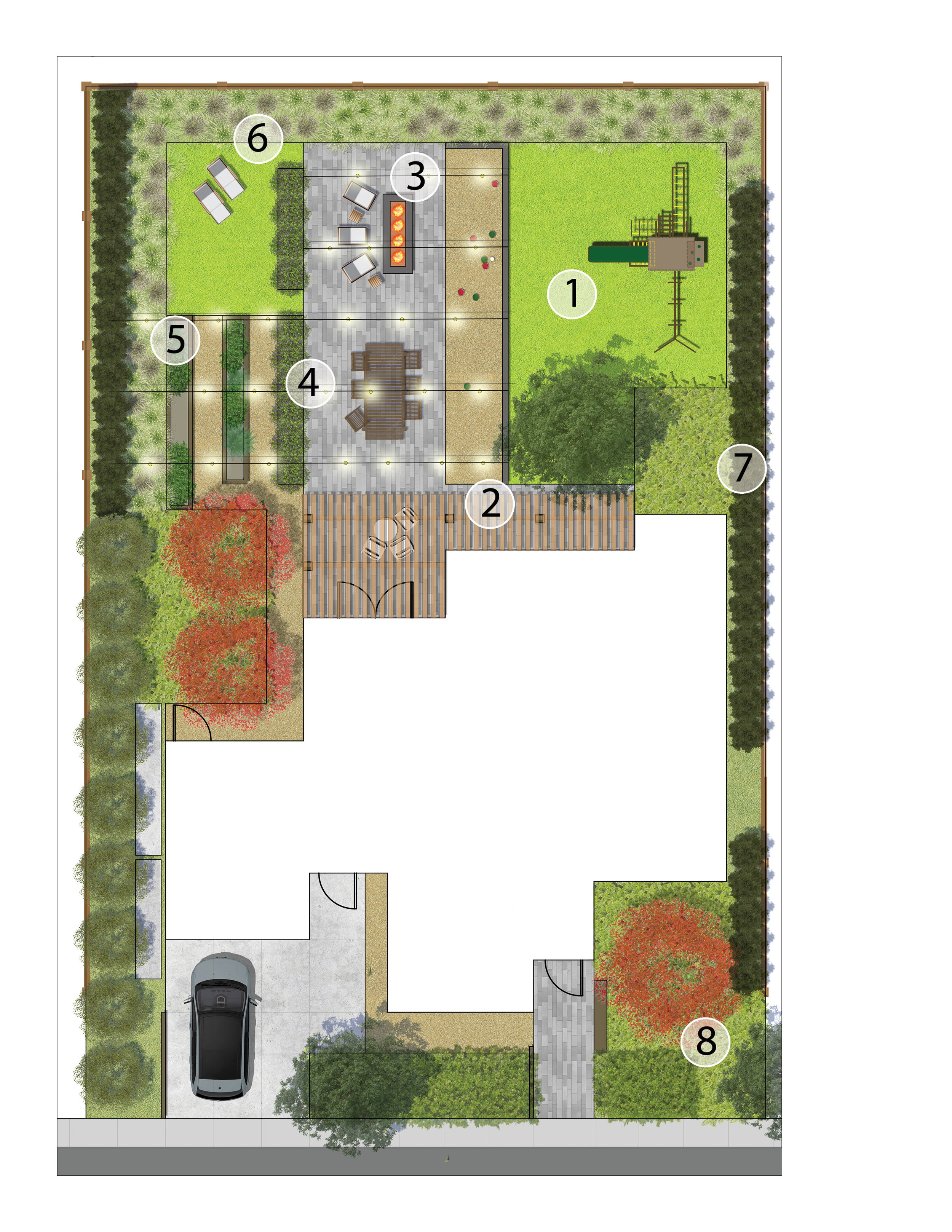Hilton Head Landscapes - The Facts
Hilton Head Landscapes - The Facts
Blog Article
Hilton Head Landscapes - Truths
Table of ContentsGetting The Hilton Head Landscapes To WorkHilton Head Landscapes - The FactsHilton Head Landscapes for BeginnersThe Main Principles Of Hilton Head Landscapes The Definitive Guide for Hilton Head LandscapesOur Hilton Head Landscapes DiariesA Biased View of Hilton Head Landscapes
Line produces all forms and patterns and can be made use of in a variety of methods in the landscape. Line in the landscape is developed by the edge in between 2 products, the synopsis or shape of a kind, or a long linear feature. Lines are a powerful tool for the developer because they can be made use of to create a limitless selection of shapes and types, and they control motion of the eye and the body.
Lines can have several features, such as those explained listed below, but they generally offer different functions. Number 1. Lines in the landscape - Landscapers near me. The residential or commercial properties of lines establish just how people respond to the landscape, both psychologically and literally. Straight lines are architectural and forceful; they develop a formal personality, are usually connected with an in proportion design, and lead the eye directly to a prime focus.
3 Simple Techniques For Hilton Head Landscapes
Curved lines produce an informal, natural, unwinded character that is associated more with nature and unbalanced equilibrium. Rounded lines move the eye at a slower speed and add secret to the room by developing surprise sights.
Vertical lines in the landscape include tall, slim plant material, such as trees, or tall frameworks, such as an arbor or a bird residence on a post. Horizontal lines move the eye along the ground aircraft and can make an area feel larger. Reduced lines are a lot more suppressed and produce a feeling of remainder or repose.
All About Hilton Head Landscapes
Low lines are developed by low yard walls, sidewalks, and short bushes. Lines are used to attract forms on a strategy. In strategy view, they specify plant beds and hardscape areas. Lines are additionally created by the vertical forms of developed features and plant material. There are three key line types that produce type in the landscape: bedlines, hardscape lines, and plant lines.
Bedlines link plant product to the house and hardscape since the eye follows the line, moving the stare through the landscape. Hardscape lines are created by the side of the hardscape, which marks the built structure. Line can likewise be developed by long and slim materials, such as a fence or wall.
An Unbiased View of Hilton Head Landscapes
Type is found in both hardscape and plants, and it is typically the dominant aesthetic element that spatially organizes the landscape and usually determines the style of the garden. The kind of frameworks, plant beds, and garden accessories additionally establishes the general kind style of the garden. Official, geometric types include circles, squares, and polygons.
Plants produce form in the garden with their describes or silhouettes, but kind can additionally be specified by a void or negative room between plants read what he said - Landscapers near me (https://www.quora.com/profile/Steven-Gonzales-256). Circles can be cycles, or they can be split into fifty percent circles or circle sectors and incorporated with lines to create arcs and tangents
A Biased View of Hilton Head Landscapes
Circles can also be extended into ovals and ellipses for even more variety and rate of interest. Circles are a strong style kind because the eye is constantly attracted to the center, which can be made use of to emphasize a focal factor or attach other types. Number 2. Circular forms in hardscape and grass panels.
The square type can additionally be fractional and pre-owned repetitively to create a grid pattern. Unlike circles, squares are stronger on the edges, which can be aligned or overlapped to develop unique patterns and more complex types. Polygons are many-sided types with straight sides. Triangulars, for example, are three-sided polygons.
Twisting lines usually imitate the natural program of rivers or streams and can be referred to as smooth lines with deeply rounded wavinesses. Meandering lines (Figure 3) work well for pathways, plant bedlines, and dry stream beds. Meandering lines can add rate of interest and secret to a garden by leading audiences around corners to discover new views and spaces.
Indicators on Hilton Head Landscapes You Need To Know

Number 5. Fragmented sides: tipping stones in pathway. Form is one of the most long-lasting top quality of a plant (landscapers in bluffton sc). https://trello.com/w/h1tnhdlndscps. Common plant kinds are well developed and standard, as form is one of the most consistent and identifiable characteristic of plants. Form can likewise be developed through the massing of plants, where the general mass develops a different type than a specific plant.
A highly different kind must be utilized with careone or 2 job well as a focal factor, yet a lot of wreak havoc. All-natural plant types, instead than over-trimmed types, must develop the mass of the make-up. The relevance of overall form is basically depending on the seeing perspectivethe type of a tree can appear quite different to a person standing under the canopy versus seeing the tree from a distance in an open field.
A Biased View of Hilton Head Landscapes
Plant forms additionally produce and define deep space or open areas between the plants, developing either convex or concave kinds in deep spaces. High-arching tree branches commonly produce a concave open space under the branches, and a rounded canopy with reduced branches fills the room to produce a convex type in the open room under the tree.

Report this page